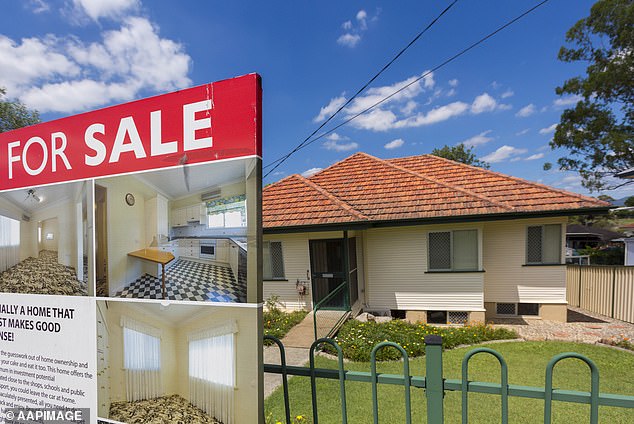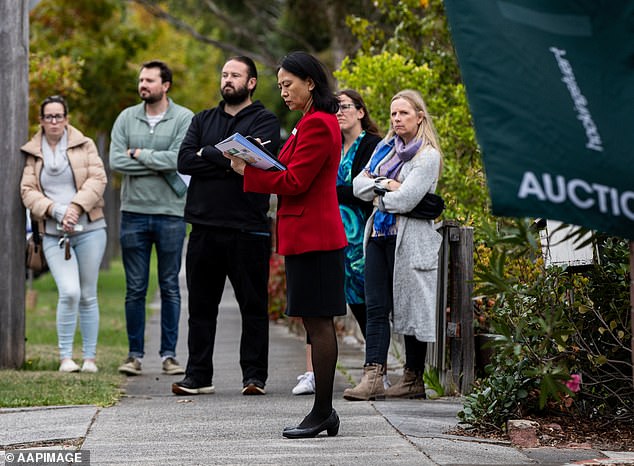One Australian state is way ahead of all others when it comes to people being forced to sell their homes in what are known as “distress sales” amid mounting pressures on the cost of living.
Exclusive data from national research firm SQM Research found Queensland had the highest rates of distressed property listings in the country, with 20,600 in the past year.
Distressed sales are those in which homeowners seek a quick sale, often for less than the home’s actual value, due to circumstances such as divorce and inability to pay the mortgage.
SQM Research founder Louis Christopher told the Mail that the Sunshine State was “the worst in the country” for distressed properties.
In June alone, Queensland recorded almost a third of all distressed sales in Australia – 1,592 out of a total of 5,111.
Only New South Wales, with 1,300 distressed sales, came close, but with a larger population of 8.4 million compared with Queensland’s 5.5 million residents.
Across the other states and territories, Victoria had 978 distressed sales in June, WA had 757, SA had 221, the NT had 119, Tasmania had 112 and the The ACT had 32.
Mr Christopher said Queensland has always had a high number of distressed sales, particularly on the Gold Coast, which has a constant movement of people in and out.
One Australian state is way ahead of all others when it comes to people being forced to sell their homes in what are known as “distress sales” amid rising cost of living pressures. An auction is shown
Along with an alarming number of distressed sales, more than $900 million of Australian mortgages were converted into so-called “survival mode” home loans in the first quarter of this year.
Survival mode is where homeowners only pay the interest owed on a mortgage, without paying the full amount owed to the lender.
One in five mortgage holders has reportedly switched to interest-only payments over the past two years, a period in which Australians have experienced 13 rate increases and paid higher prices for everything from food to electricity.
In the March quarter, a staggering $14.6 billion worth of Australian home loans were between 30 and 89 days late on repayment, an increase of 65 per cent.
In more bad news for Queensland’s housing market, new research from Finder has found that 30 per cent of Queenslanders said they are struggling to pay their mortgage, up from 25 per cent in 2022.
“A huge chunk of people’s income is going towards their mortgages and the spare cash has dried up,” said Richard Whitten, mortgage lending expert at Finder.

Exclusive data from national research firm SQM Research revealed that Queensland had the highest rates of distressed properties for sale in the country, with 20,600 in the past year. A house for sale in Brisbane is shown
‘A growing number of Australians are struggling to make their mortgage payments due to cost of living pressures and are unable to continue on the path they are on.’
Sarah Megginson, an expert at Finder Money, said that while paying only the interest might be useful as a short-term solution to money problems, it could mean a mortgage costs twice as much in the long run.
“It should be seen as a last resort and a short-term solution,” he said.
There could also be at least one more interest rate rise this year, as minutes from the Reserve Bank of Australia’s latest meeting reveal the board is considering another increase to help curb inflation.

